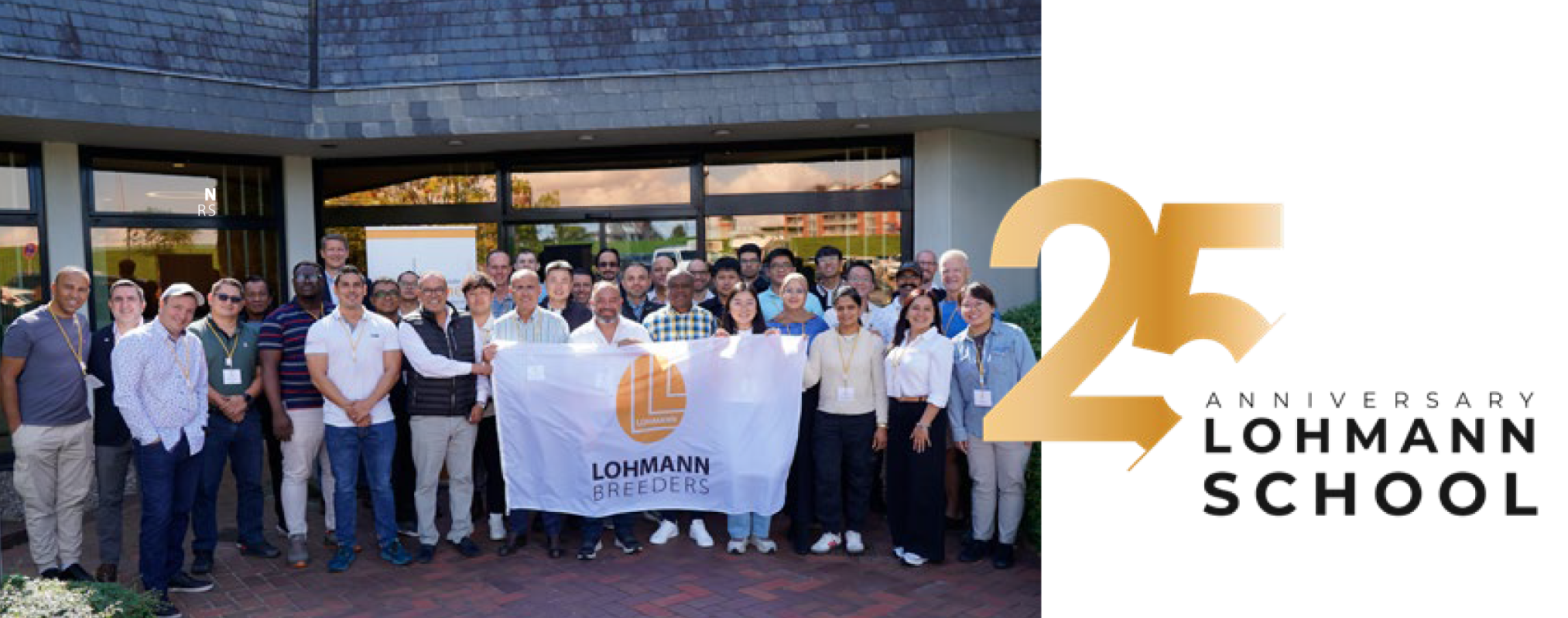Extending the productive lifespan of laying hens has become a crucial breeding priority in today’s poultry industry.
Following the ‘all-in, all-out’ biosecurity protocol, entire flocks are replaced at the same time rather than individual animals like in dairy cattle or sows. This collective approach means decisions about productive life affect the whole flock rather than single laying hens.
Making the decision to house a new flock is a crucial economic choice that needs to be finalised at least 20 weeks before the current flock’s projected end (accounting for 3 weeks of incubation and 17 weeks of rearing).
The key to this choice largely depends on the current flock’s performance level and its expected development, alongside egg prices. The key factors that should guide this decision include:
Laying performance (persistence)
Livability
Egg grading
Egg quality (proportion of rejected eggs e.g. shell stability)
The genetic parameters of these traits are decisive for the extension of the production period. Table 1 shows examples of genetic values for the LSL white layer hybrid of LOHMANN BREEDERS.

Table 1: Estimated values of heritability (diagonal) and genetic correlations between important performance traits for a male line from the LOHMANN LSL breeding program.
Productive lifetime in segments
Laying hens’ production cycle is divided into several phases: sexual maturity (weeks 20-27), peak production (28-43 weeks), and post-peak segments until 119 weeks currently.
Interestingly, laying rate heritability inversely relates to performance levels. It’s lower during high-performance phases but increases in later stages, reaching h2=0.31 after 88 weeks.
This indicates clear potential for genetic improvement in persistency. The sexual maturity phase (20-27 weeks) in particular shows the highest heritability for rate of lay with h2=0.44.
While neighbouring periods correlate strongly genetically, distant segments show weaker links. A slight negative correlation between sexual maturity and persistency exists, showing that these 2 traits are genetically independent or maybe in some situation even negatively related.
But balanced selection can manage this this low level of negative correlation effectively.

Table 2: Genetic progress per Generation (realized increase based on average breeding values by hatching year) and differences in mean performance between white and brown layers.
Genetic progress per year and differences between white and brown layers
In the past decade, we’ve seen remarkable progress in the lifespan of layer hens, despite the shift to alternative housing systems such as aviary and free-range.
Today, brown hens reach an average lifespan of 85 weeks, and white layers 90-95 weeks – all without molting and in cage housing even longer. It’s becoming increasingly common to see exceptional white flocks surpassing 110 weeks of age.
This progress continues steadily, with hens gaining about half a week of life expectancy each year.
As we look to the future, factors like the ban on chick culling and embryo sexing costs will likely push for even longer laying periods.
Selection for robustness
At LOHMANN, we’re adapting our breeding program to meet the challenges of modern egg production. With longer laying periods and increase in alternative systems, robustness traits are now more crucial than ever.
The focus here is on feather stability and mortality. While there isn’t a strong negative correlation between lay performance and robustness traits, a slight negative relationship exists for egg weight, which plays a significant role in influencing metabolic stress.
In our breeding program, we record these traits in two different environments, namely on pure-line and commercial farms.
On pure line farms
Feather stability and performance are evaluated under challenging conditions, including compromised feed scenarios.
These assessments are conducted in both smaller family groups and larger pens. A particular attention is paid to beak shape to minimize plumage damage resulting from feather pecking behaviour.
On commercial farms
Crossbred animals with known pedigrees undergo testing in practical conditions. This process yields data from various environments, including not only closed houses in moderate climates, but also open houses in hot climates like Brazil.
The results are directly utilized in the selection process, aiming to improve both performance and robustness under real life conditions. Selection criteria focus on balancing these traits, with families which are in the top third in both chosen for the next generation.
This approach is particularly crucial for longer production cycles which allows us to select hens that excel in both performance and robustness.

Breaking Records: 600 Eggs in 120 Weeks!
Imagine a laying hen that can produce 600 eggs in 120 weeks, – all in one cycle! It’s not a far-off dream anymore– it’s our new reality for all varieties of LOHMANN LSL-LITE. Our continuous improved breeding program at LOHMANN BREEDERS has made this remarkable achievement possible.
With a focus on superior performance, improved bird welfare, and increased profitability, we’re proud to announce a new era in sustainable and efficient egg production, the future of laying hen genetics with you, breeding for success together!










